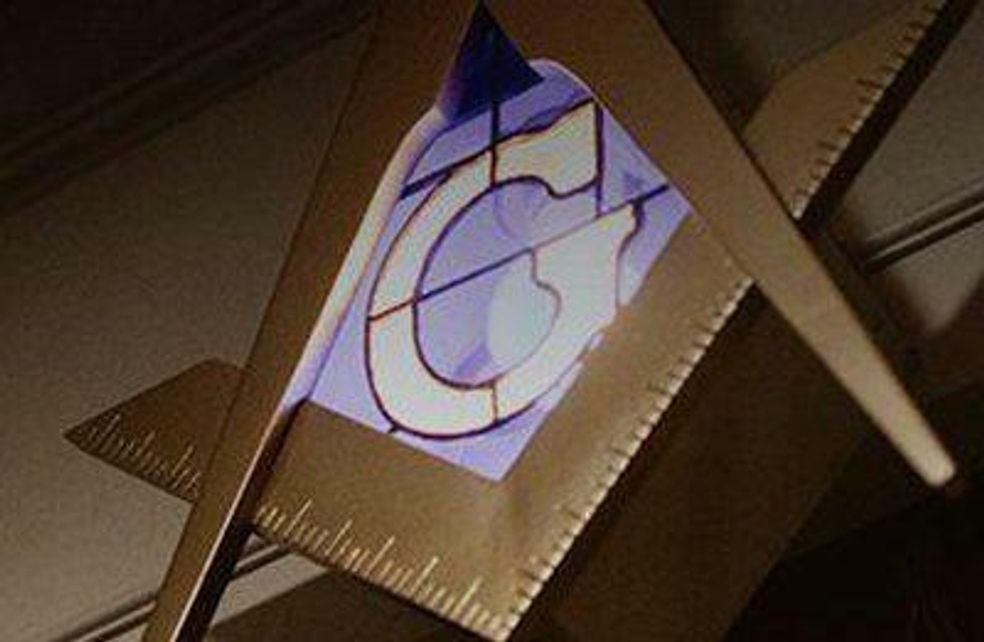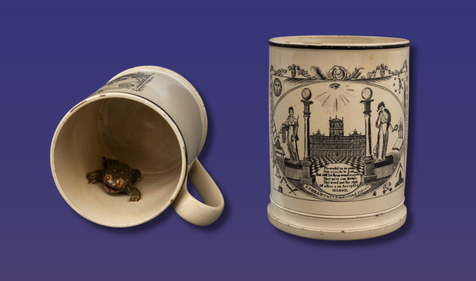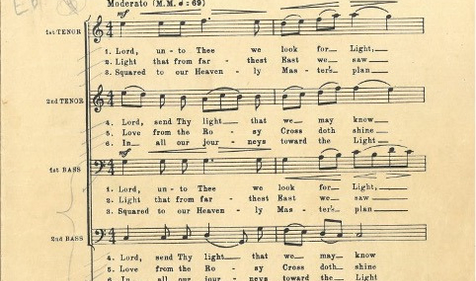This article explores the complex history and evolution of the Scottish Rite’s 18th degree, the Knight of the Rose Croix of H.R.D.M.
Theoretically, Masonic membership has only one test, namely, belief in one God, or monotheism. Nor does Masonry attempt to define that God, in any terms whatsoever. Beyond that, any man who is just and upright, and of good character, is eligible to belong. (A History of The Supreme Council, 33° of the Ancient Accepted Scottish Rite of Freemasonry for the Northern Masonic Jurisdiction of the United States of America; p.172; 1987, Past Sovereign Grand Commander George Newbury)
What started as local stonemasons’ guilds in Europe during the Middle Ages has grown into an international network of Brothers, with thousands of lodges and millions of members across the globe. As Freemasonry has evolved and developed throughout the centuries, so too have our rituals and membership qualifications. This is true as well of 32° Scottish Rite Freemasonry, which has been a force of fraternalism in the United States for over 200 years.
To understand some of the key developments that have come to define the Scottish Rite as we know it today, it can be helpful to consider the history of the 18th degree, the Knight of the Rose Croix of H.R.D.M. One of the most complex and beloved degrees in our fraternity, the story of the 18° reveals much about how we have modernized while remaining true to our Masonic values and traditions.
The history of the 18th degree, the Knight of the Rose Croix of H.R.D.M., is a window into the key developments that have defined the Scottish Rite as we know it today. One of our fraternity's most complex and beloved degrees, the 18° reveals much about how our brotherhood modernized while remaining true to our ancient Masonic values and traditions.
Freemasonry and Universality
Our diversity strengthens our brotherhood. Today, men from all walks of life, creeds, and ethnicities participate in our rituals and share our core values. The story of how we became so varied in our backgrounds begins with the birth of Protestantism.
Speculative Masonry emerged in Europe at a time of religious and societal change. By the time the first Grand Lodge was formed in 1717, Catholicism was no longer the predominant sect of Christianity in Europe. Catholics and Protestants both sought the benefits of joining Freemasonry, which forced the Grand Lodge to waive denominational restrictions. Instead, the belief in one God became the essential requirement for becoming a member, giving birth to the doctrine of Universality.
While Universality has been a core part of Freemasonry since the 18th century, putting it into practice has long been a challenge. Most of our fraternity’s first members were Christians, and, as a result, many early manuscripts contained references to Jesus Christ, the Holy Church, and the Trinity. As membership continued to grow and reach new regions in the subsequent centuries, men of different faiths were welcomed, and gradual efforts to “de-Christianize” Masonry began.
The Evolution of 18°
Central to applying Universality to Freemasonry was removing Christian references from our ritual, particularly the degrees. However, in the Scottish Rite, the 18° is founded upon overtly Christian imagery, characters, and symbolism, with Jesus Christ as the central figure. By 1870, this degree still required the candidate to complete a Christian commitment which offended the then Sovereign Grand Commander of the Southern Jurisdiction, Albert Pike.
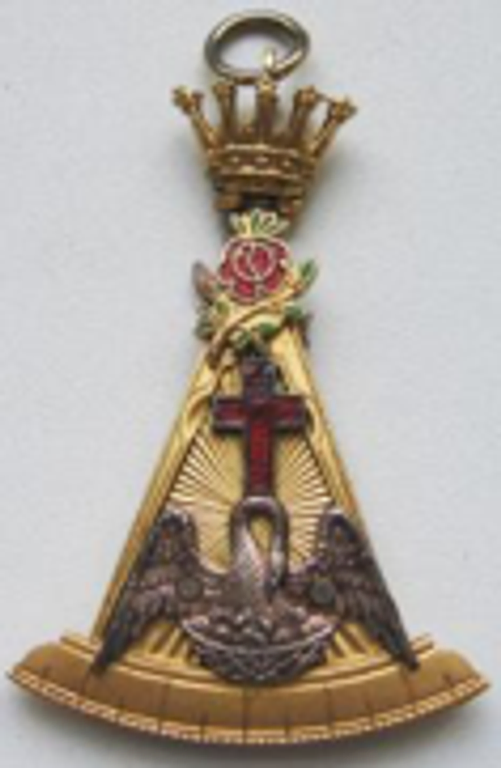
From 1859 – 1891, Commander Pike revised all the rituals of the Scottish Rite (including the 33°). When he reworked the 18°, he removed any obligation for the degree candidate to complete a Christian duty but kept in place the fundamental character of ritual. In the Northern Jurisdiction, the great Masonic scholar Enoch Carson encouraged the Supreme Council to adopt a strong Christian position within the degree, to the outrage of many Jewish members.
For more than 70 years, whether to revise the 18° was the center of heated debate. The degree is a central piece of Scottish Rite philosophy, and 15 special reports were prepared on the subject. In 1941, Sovereign Grand Commander Melvin M. Johnson appealed to revise the 18° so it could be better suited for men of all faiths. He said:
This is the heart of what the Rite seeks to inculcate in its degree of Rose Croix, this common faith. (That good will overcome evil) When the battle is won, Freemasonry’s greatest secret – secret only, because the world will not learn it – will be secret no longer for then humanity will find peace in brotherhood.
The 1942 Revision was adopted the next year, and the degree was revised again in 1964 to what remains the current iteration.
The 18° Today
Today, in the Northern Masonic Jurisdiction, the 18th degree, or the Knight of the Rose Croix of H.R.D.M, relays the life and death of Jesus. The allegory is based on the New Law he declared at the Last Supper: the law of love, which all men everywhere may understand and practice. His teachings exemplify the universal principles of life and encourage candidates to be virtuous, endeavor to eliminate vice, and practice tolerance and love. Upon the doctrine of Universality, the 18° should be interpreted by each Brother according to his own faith.
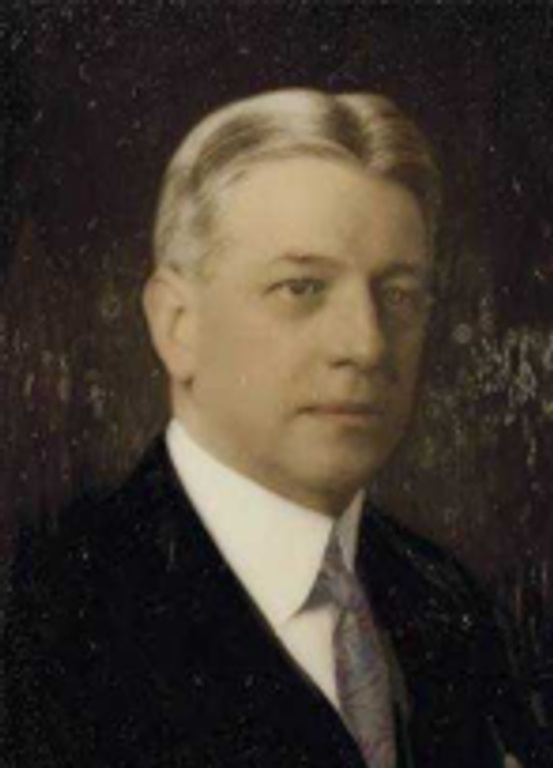
As societies have changed, Freemasonry has evolved with them without losing the values that make our fraternity great. The 18° is a beautiful lesson in morality and integrity with which all Masons can identify. As our brotherhood continues to grow and welcome new men, we hope it will continue to touch and inspire the next generation of Masons. In the words of renowned Masonic historian Albert Mackey:
Freemasonry is not a fountain, giving health and beauty to some single hamlet, and slaking the thirst of those only who dwell upon its humble banks; but it is a mighty stream, penetrating through every hill and mountain, and gliding through every field and valley of the earth, bearing in its beneficent bosom the abundant waters of love and charity for the poor, the widow, and the orphan of every land. (MacKey’s Encyclopedia of Freemasonry)
Related Stories
Discover additional Scottish Rite blogs and news on this topic.
